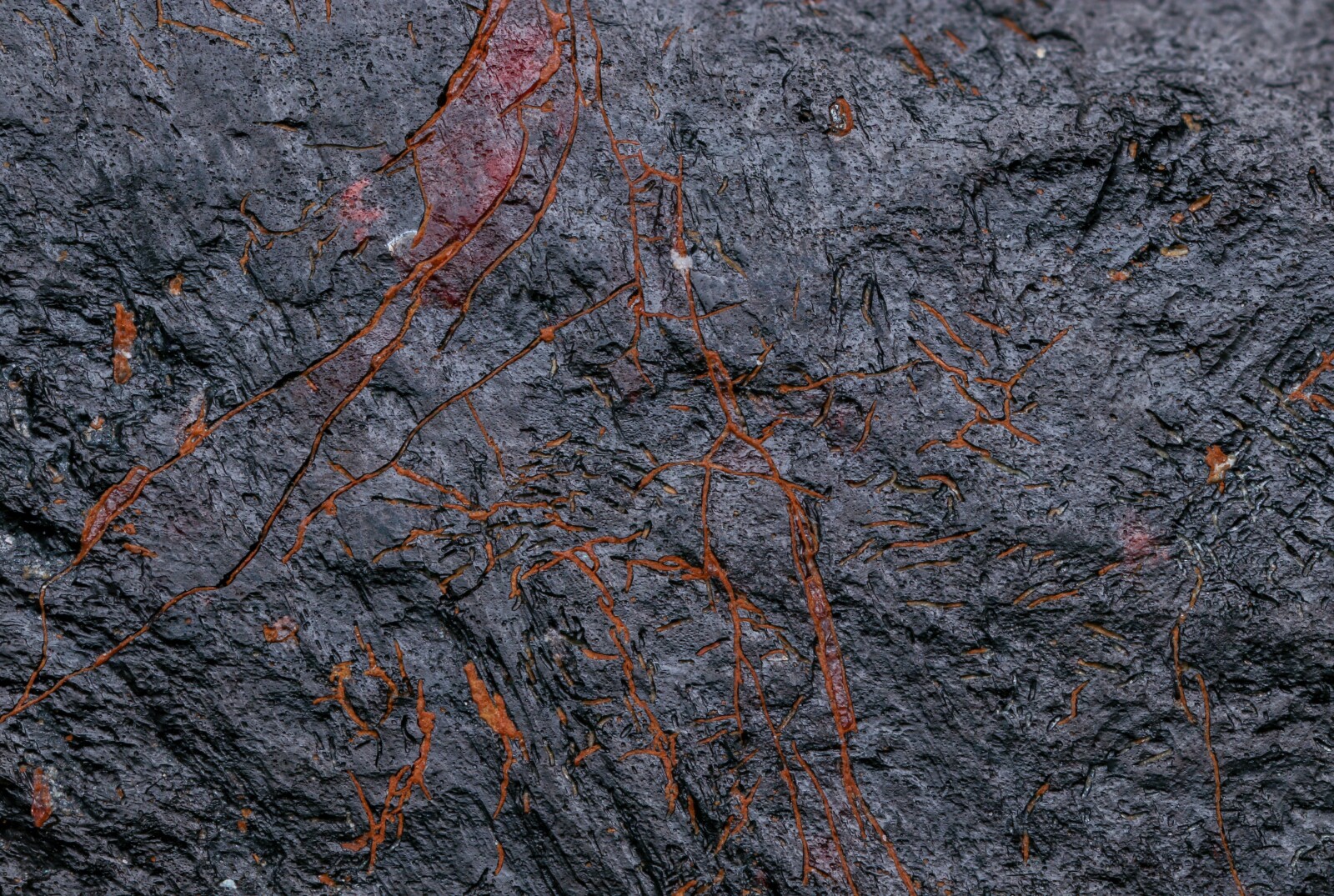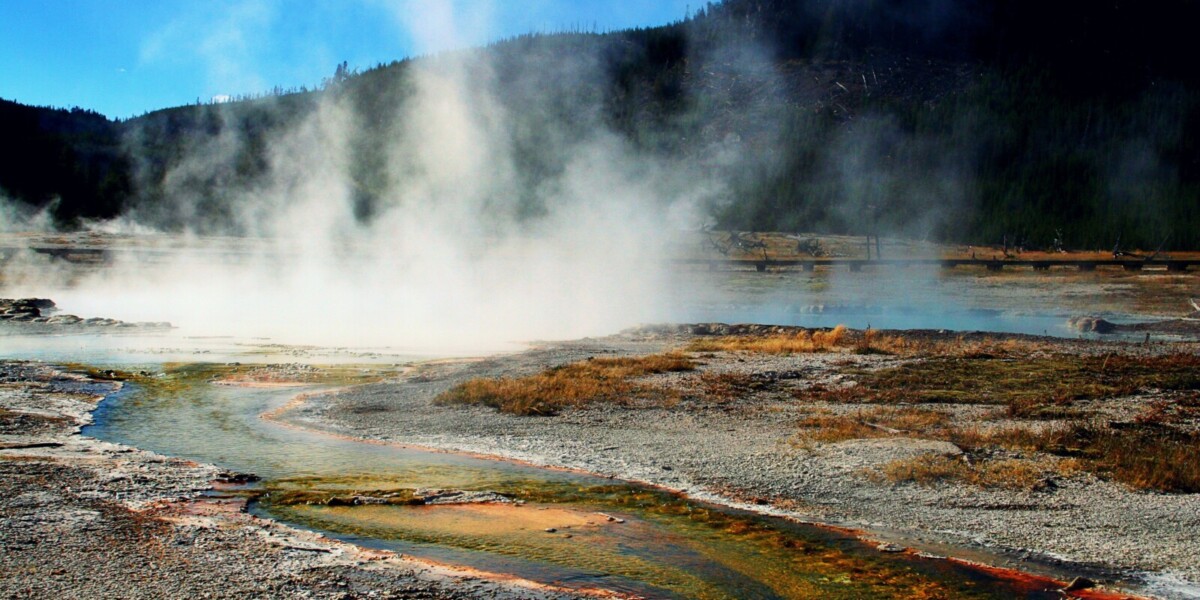Have you heard of heat networks?
Highly popular in other European countries, this district heating is gradually gaining traction in our regions. This innovative system offers enormous potential.
Discover all that a heat network can offer you!
Technological Potential
Heat networks possess significant technological potential. Thanks to the centralization of energy sources, the pooling of installations, and the technologies used for network regulation, these district heating systems are particularly efficient.
Centralization
With a heat network, thermal energy production is centralized, as are all installations. Heat is produced in a central heating plant, then distributed via a pipeline network to consumers.
This centralization and the pooling of infrastructure provide access to more efficient and cost-effective technologies. Indeed, the use of
Regulation by a Professional Operator
Network regulation is managed by a professional operator, a specialist in district heating. Its role and responsibilities are regulated by the State. Its rights and obligations towards the consumer are governed by the country’s legislation. The operator efficiently handles network management, regulation, installation maintenance, and potential breakdowns.
Consequently, a heat network is more efficient and more reliable than an individual installation. Furthermore, the end consumer
Advanced Technologies
Whether for the development or regulation of the heat network, experts use advanced technologies that are constantly evolving. Indeed, heat networks are rapidly expanding across Europe. Faced with numerous challenges encountered by experts, new tools are being developed, tested, and used. These technologies, such as artificial intelligence, enable engineering firms and district heating developers to optimize the design of heat networks and their regulation.
These tools offer numerous advantages. They allow for improving the energy efficiency of the network and limiting heat losses. They also facilitate
Environmental Potential
District heating systems have real environmental potential. In the era of energy transition, these more environmentally friendly systems present themselves as a significant alternative to conventional individual boilers.
Less Polluting and more Sustainable Heating System
Today, heat production accounts for approximately 40% of the CO2 emissions of an average European consumer. Therefore, the heat network has the potential to
Consequently, heat networks offer the possibility of using more sustainable technologies. Even if the energy sources used can be carbon-based, such as gas or fuel oil, district heating can also utilize renewable and decarbonized thermal energies, such as geothermal energy, biomass, or waste heat.
Overview
In Copenhagen, 98% of homes are heated by a heat network. Created in the 1970s, following the oil crises, the network heats almost all residents. It aims to use a minimum of 70% renewable energy by 2025.
Local and Renewable Energy Production
Gas and fuel oil typically used in heat production are imported from foreign countries. By promoting the use of green energies, heat networks favor
Furthermore, heat pumps enable the utilization of local energy by using heat from the ground and air. These can be powered by renewable electricity production such as wind and solar.
Thermal energy storage also promotes the development of renewable energies. Indeed, these energy sources are intermittent and non-dispatchable, meaning they are not always available at the time of consumption and are therefore not controllable. For example, a wind turbine depends on wind to produce energy. With thermal storage, this renewable energy can be harnessed when available, then used later for heating when needed.
Operational Cost Potential
Not only do heat networks contribute to a better environment, but they are also advantageous for the finances of consumers and project developers.
Competitive Prices
Heat networks allow for benefiting from competitive prices compared to the market, thanks to the use of more efficient technologies and with better performance than a traditional heating system. This is therefore a significant financial advantage for the consumer.
Shared Maintenance and Upkeep
Since installations are pooled and centralized, network upkeep and maintenance are carried out by a professional. General costs are shared and smoothed for all consumers and are therefore lower than for the upkeep or maintenance of an individual heating system.
Expansion Potential
Unlike individual heating systems, heat networks have the potential to expand and grow . In constantly growing cities, these district heating systems are an ideal solution.
Connection
Each heat network is designed and conceived to allow for future connections to other buildings, or even to other existing heat networks. In other words, under certain conditions, a building can be connected at a given time to an already existing heat network. To do this, an expert must first ensure that the installed capacity is sufficient to produce heat. Then, work to connect the building to the network’s conduits will need to be undertaken.
Expansion
Heat networks can be deployed at all scales: a neighborhood, a city, or even several cities. It is therefore possible to create a large network that extends far beyond the basic development. Thus, new distribution branches can develop to distribute heat to buildings or areas that were not previously connected. The New York City heat network is a perfect example of a large-scale deployed system. It supplies more than 2,000 buildings.
Growth
Heat networks have the potential to multiply. When a district heating system is created, it encourages other project developers to also implement a collective heating network in their neighborhood, city, or development.
In Conclusion
Heat networks present


